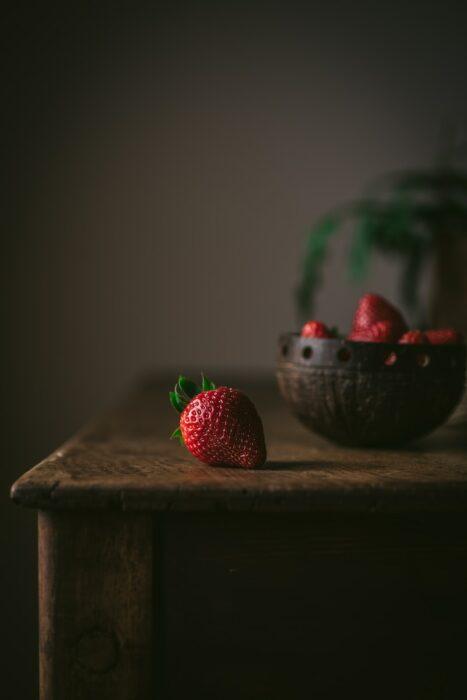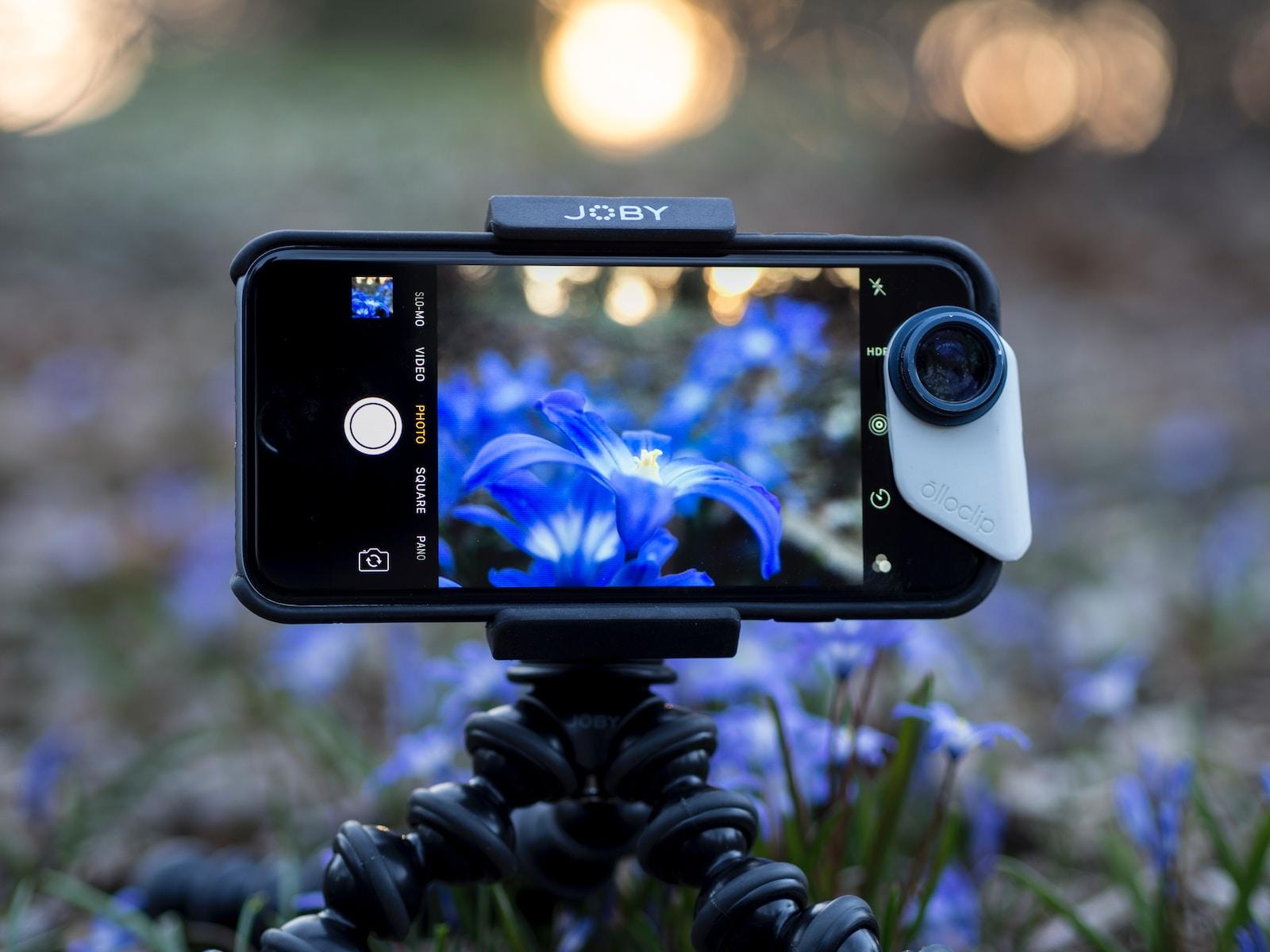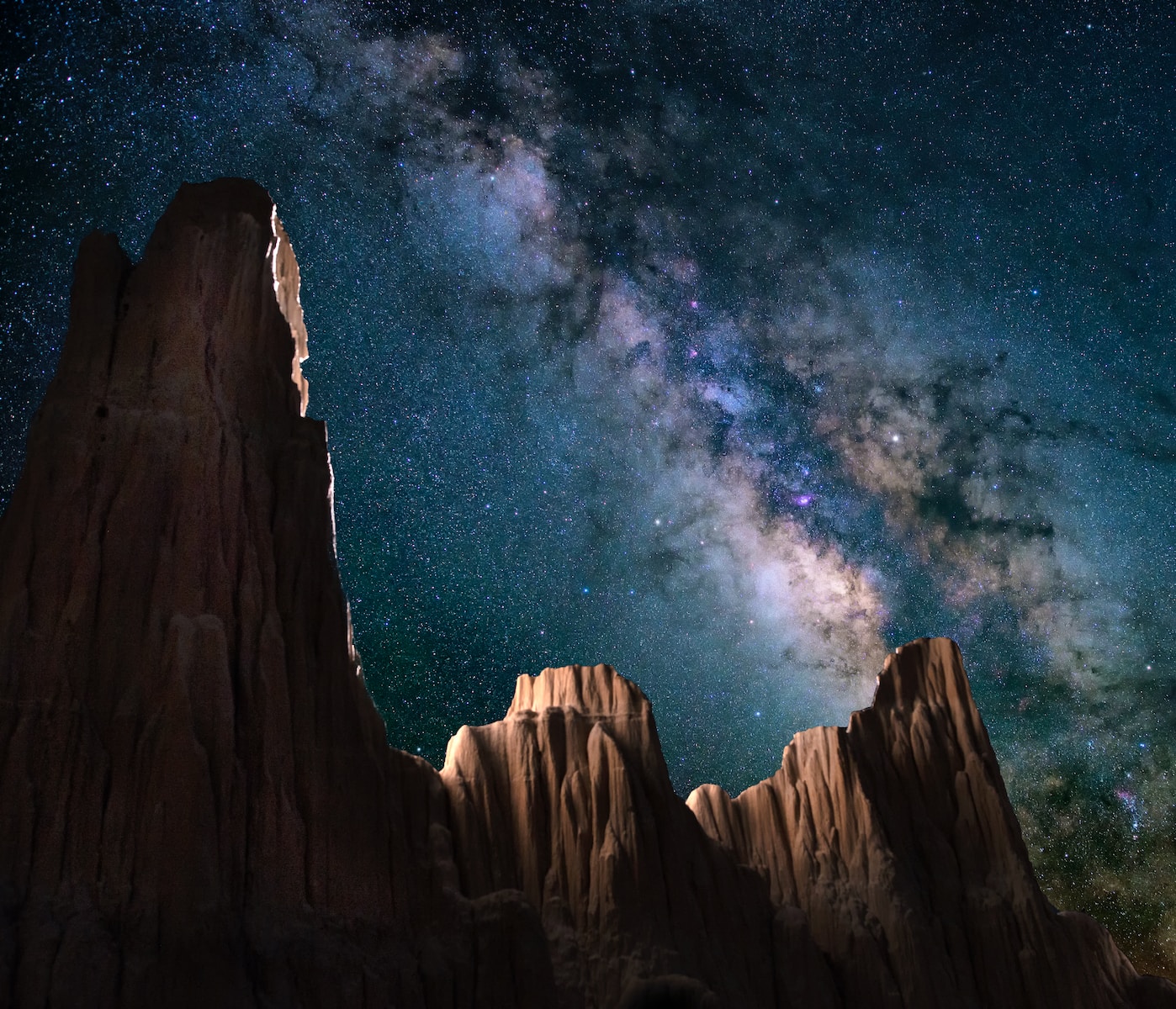Still life photography is an art form that dates back centuries, with its roots in painting and fine art. It involves capturing images of inanimate objects arranged in visually pleasing and thought-provoking compositions. Despite the absence of living subjects, still life photography has the unique ability to tell stories, evoke emotions, and showcase the beauty of everyday objects. In this article, we will delve into the art of creating captivating still life compositions, exploring essential elements such as lighting, styling, and storytelling techniques.
The Essence of Still Life Photography
At its core, still life photography revolves around creating compelling compositions with static subjects. The photographer acts as a storyteller, arranging objects and setting the stage to convey a narrative or elicit emotions from the viewer. This genre allows artists to exercise full control over their subjects, enabling them to experiment with various styles, themes, and moods.
The Importance of Lighting in Still Life Photography
One of the most critical aspects of still life photography is lighting. Proper lighting can make or break a composition, dramatically altering the mood and aesthetics of the image. Natural light and artificial lighting both offer distinct advantages, and the choice depends on the desired outcome.
1. Natural Light
Shooting with natural light provides a soft and diffused illumination that enhances the natural beauty of the objects. To utilize natural light effectively, photographers should position their setup near a window or in an area with abundant indirect sunlight. By using reflectors and diffusers, they can control the intensity and direction of the light, creating gentle shadows and highlights.
2. Artificial Lighting
Artificial lighting offers precise control over the composition and is particularly useful for creating dramatic effects. Photographers can use studio strobes, continuous lights, or even household lamps to shape the scene according to their vision. Experimenting with various light modifiers, such as softboxes and snoots, helps to achieve different textures and shadows.
Styling and Composition Techniques
While lighting sets the mood, styling and composition play a pivotal role in drawing the viewer’s attention and creating visual harmony. Several techniques can be employed to enhance the appeal of a still life photograph:
1. Rule of Thirds
The rule of thirds is a fundamental composition principle that involves dividing the frame into a 3×3 grid. Important elements are then placed along these gridlines or their intersections, providing a balanced and engaging composition.
2. Leading Lines
Using leading lines guides the viewer’s gaze towards the main subject or through the image, creating a sense of depth and visual flow. It could be the shape of the objects or the arrangement of lines in the background.
3. Negative Space
Negative space refers to the empty areas around the main subject. Embracing negative space in still life photography allows the subject to breathe, evoking a sense of simplicity and elegance.
4. Framing
Incorporating natural frames within the image, such as doorways or windows, draws attention to the subject and adds depth to the composition.
5. Repetition and Patterns
Repetition of shapes, colors, or patterns adds rhythm to the photograph and reinforces the visual impact of the subject.
6. Selecting Props and Background
Choosing the right props and background is vital in still life photography. The props should complement the main subject and contribute to the overall narrative. Backgrounds can be simple, allowing the subject to stand out, or elaborate to add context and atmosphere.
Storytelling in Still Life Photography
Though inanimate, objects in still life photography have the power to convey stories and emotions. Photographers can employ various storytelling techniques to add depth and meaning to their compositions:
1. Symbolism
Incorporating symbolic objects or elements in the composition can imbue the image with a deeper meaning. Symbolism engages the viewer’s imagination and encourages them to interpret the photograph in their own way.
2. Context and Setting
Placing objects within a specific context or setting provides a narrative backdrop. For example, a set of old books with a pair of glasses on a wooden desk can evoke a sense of nostalgia and intellectual pursuits.
3. Implied Action
Arranging objects in a way that suggests action or movement can create a dynamic and engaging composition. This could involve objects in mid-fall, pouring liquids, or half-filled glasses.
4. Emotions and Mood
By carefully selecting objects, lighting, and colors, photographers can evoke specific emotions or moods. Warm tones and soft lighting may convey comfort and tranquility, while cold tones and dramatic lighting can evoke mystery or tension.
Post-Processing and Editing
Post-processing is an integral part of still life photography, allowing photographers to fine-tune the image, enhance colors, and refine the composition further. However, moderation is essential, as excessive editing can compromise the natural beauty and authenticity of the still life.
Conclusion
Still life photography is a mesmerizing art form that celebrates the beauty of inanimate objects and the creativity of the photographer. Through thoughtful lighting, composition, and storytelling, artists can create captivating images that transcend the ordinary and evoke powerful emotions in the viewer. Whether it’s a simple arrangement of fruit or an elaborate narrative with multiple elements, still life photography has an enduring allure that continues to captivate audiences around the world. So, grab your camera, arrange some objects, and embark on a journey to capture the art of inanimate beauty through still life photography.





